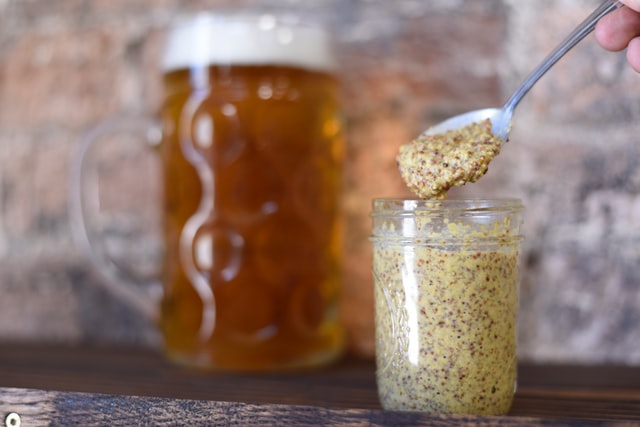Pan sauces are a sure-fire way to take any pan-seared meat from good to great. Pan sauces make use of fond, the delectable browned pieces left on the bottom of the pan after searing meat. Here are a few easy strategies and procedures for making a pan sauce and salvaging an over-reduced one.
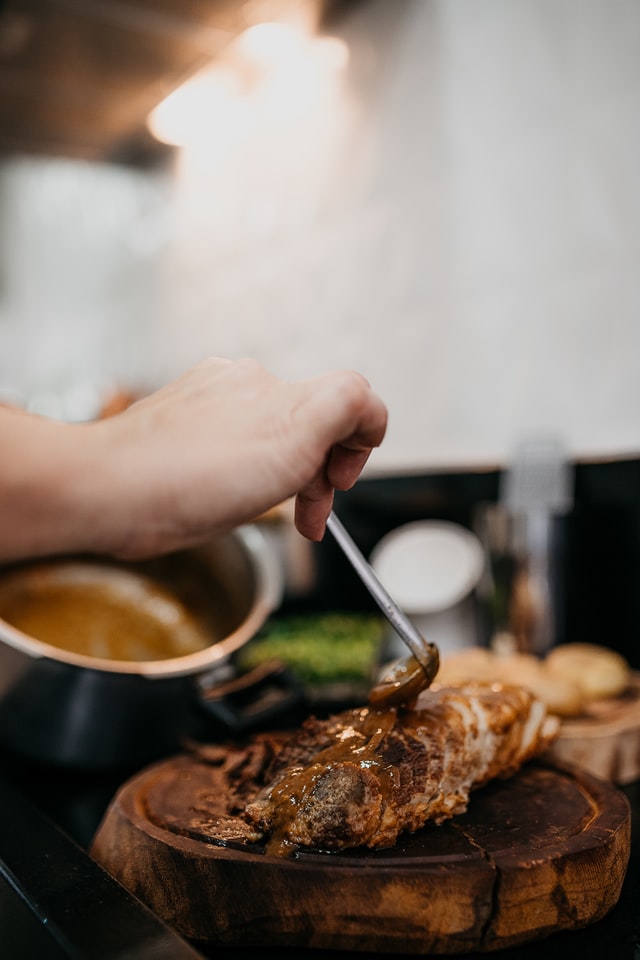
Pan Sauces: So Easy…
A simple piece of grilled pork may appear monotonous, but it does not have to be with a glossy and rich sauce. Fortunately, a fantastic pan sauce almost makes itself, and it begins when you’re scorching your meat, whether you notice it or not.
Gotta Love Fond
Fond refers to all of the delicious browned bits that remain after searing meat, and it serves as the base for a pan sauce. Scrape up the fond and add additional liquid to make a sauce, which can then be enhanced with butter or cream. It’s a quick and easy method to enhance your meat game.
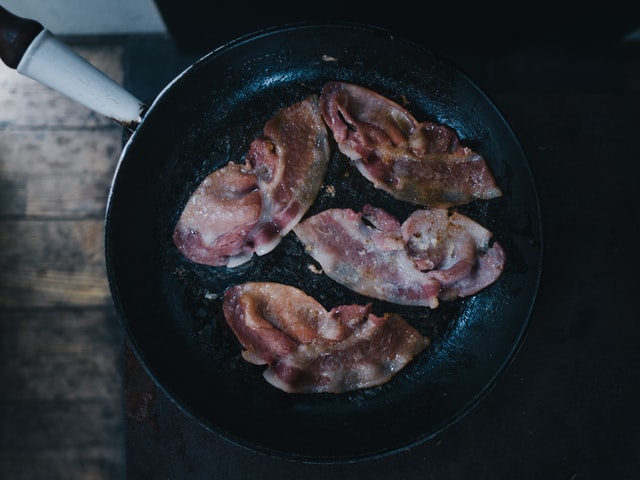
A dash of any liquid can be used to scrape up and dissolve the fond in an entry-level pan sauce. Consider redeye gravy: after scorching country ham in a skillet, you add a splash of coffee to the pan and, voila, you have a pan sauce.
In theory, all you need is a dash of water to scrape off the fond and a dab of butter to provide richness to the sauce. It’s simple, but it’s better than wasting excellent fond. When I don’t have time to mince a shallot or defrost some chicken stock on a busy weekday, my go-to pan sauce is butter and water. I’m not embarrassed. It’s delectable.
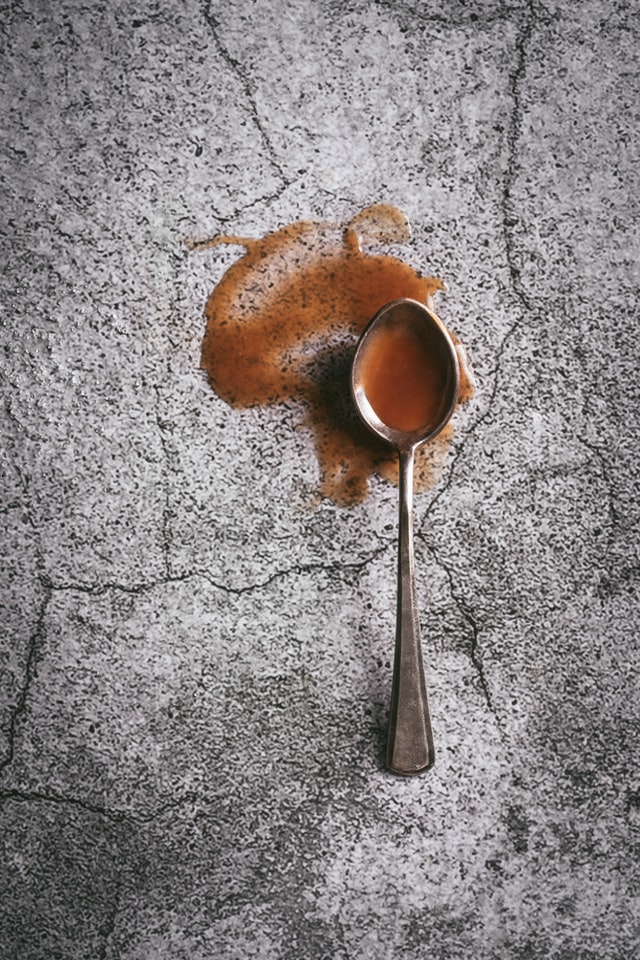
It doesn’t take much more effort to take my pan sauce to the next level, but it does require some planning. Finally, the quality of your pan sauce is closely tied to the quality of your chicken stock—store-bought stock with added gelatin is good, handmade stock is better, and triple-fortified stock prepared from heritage chickens is Michelin-level.
Here are the steps to preparing a pan sauce, as well as how to fix one if you make a mistake.
Pan Sauces Step 1: Sear the Meat
Before I go into sauces, I need to talk about the meat and, more particularly, how to sear it. I use a cast iron skillet, carbon steel skillet or heavy-gauge stainless steel skillet over high heat to optimize browning because I want to develop a golden, crackly fond at the bottom of my pan. Sticking causes fond, so reserve your nonstick cookware for omelets and eggs.
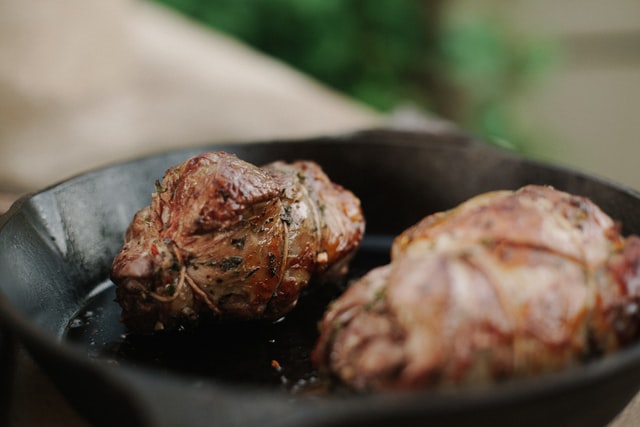
After my meat has finished cooking, I leave it aside to rest while I return my focus to the pan. If there is any extra fat, I drain it. But there’s no need to clean the skillet; a little grease left behind is fine.
Step 2: Add Aromatics & Spices (Wine Optional)
Add your aromatics and/or spices, such as chopped or minced shallot, crushed garlic, cumin, or paprika, at this point. I sauté them over medium heat until the aromatics are soft and the spices are fragrant, scraping up the brown pieces with a sturdy wooden spoon as I go. (Vegetable aromatics, such as shallot, will release water as they cook, assisting in scraping up part of the fond.) Next, I add a splash of wine, allowing me to scrape up every last bit of fond. When cooking with wine, it’s vital to reduce it to what the French call au sec, which translates to “nearly dry.” Allowing time for the wine on its own, without the addition of additional liquid, ensures that the alcohol completely cooks off, leaving no unpleasant taste behind.
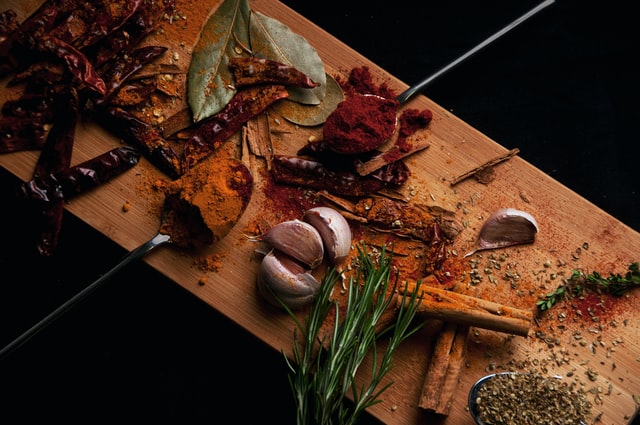
It also concentrates the wine’s modest amount of sugars, giving pan sauces their substance. Furthermore, the added viscosity will aid in keeping the sauce emulsified. When a spoon dragged over the pan produces a streak in the liquid that persists for a moment before fading, your wine has boiled down to au sec.
You can use cognac or Grand Marnier for the wine. To burn off the alcohol, flambé these or flame them (carefully) with a long match or lighter.
Step 3: Add/reduce Liquid & Butter
After the wine has diminished, I add the chicken stock—again, homemade chicken stock or low-sodium store-bought stock with unflavored gelatin is best.
After that, I reduce the chicken stock until the pan sauce is thick and sticky before adding a few pats of butter. Stirring, swirling the pan, and rapid bubbling will emulsify the butter into the sauce, breaking it up into tiny droplets that will then be spread throughout the liquid.
A properly emulsified sauce will appear creamy, thick, and opaque, and it must include enough water to do so. If the pan sauce seems greasy, it is broken—too much water has evaporated from the sauce, causing it to be over-reduced.
Butter is distributed throughout the liquid phase of the sauce, similar to how oil is swirled into vinegar in a vinaigrette. The concentrated proteins and sugars in the chicken stock and wine behave as chaperones at a school dance, preventing the fat from aggregating and breaking out of the sauce’s aqueous phase. But there isn’t even a celebration if there isn’t enough water.
Fix a Broken Sauce (If Needed)
Fortunately, a pan sauce can be repaired just as simply as it can be shattered. A splash of water and some vigorous boiling and stirring is all that is required to redistribute the butter and bring that beautiful and rich sauce back from the brink.
The only exception is if you’ve pushed the pan sauce over the edge and burned the milk particles in the butter. Break out the A-1 in that instance. For some reason, we all have that things stashed in the back of the fridge.
Step 4: Final Touches
It’s time to add the finishing touches now that the butter has been successfully emulsified into the sauce (whether it’s broken once or twice and you’ve corrected it). I complete most pan sauces with Dijon, parsley, and black pepper, but you may use whatever soft herbs you choose, as well as a bit of cream.
The potential variations for pan sauces are endless—chopped capers and olives complement a white wine pan sauce for all varieties of poultry, while a sauce flavored with rosemary and red wine is ideal for lamb and other red meats. Even if you don’t go all-out with your pan sauce and stick to only H2O and butter, we’ll all be living our best culinary lives as long as no fond is left behind.


